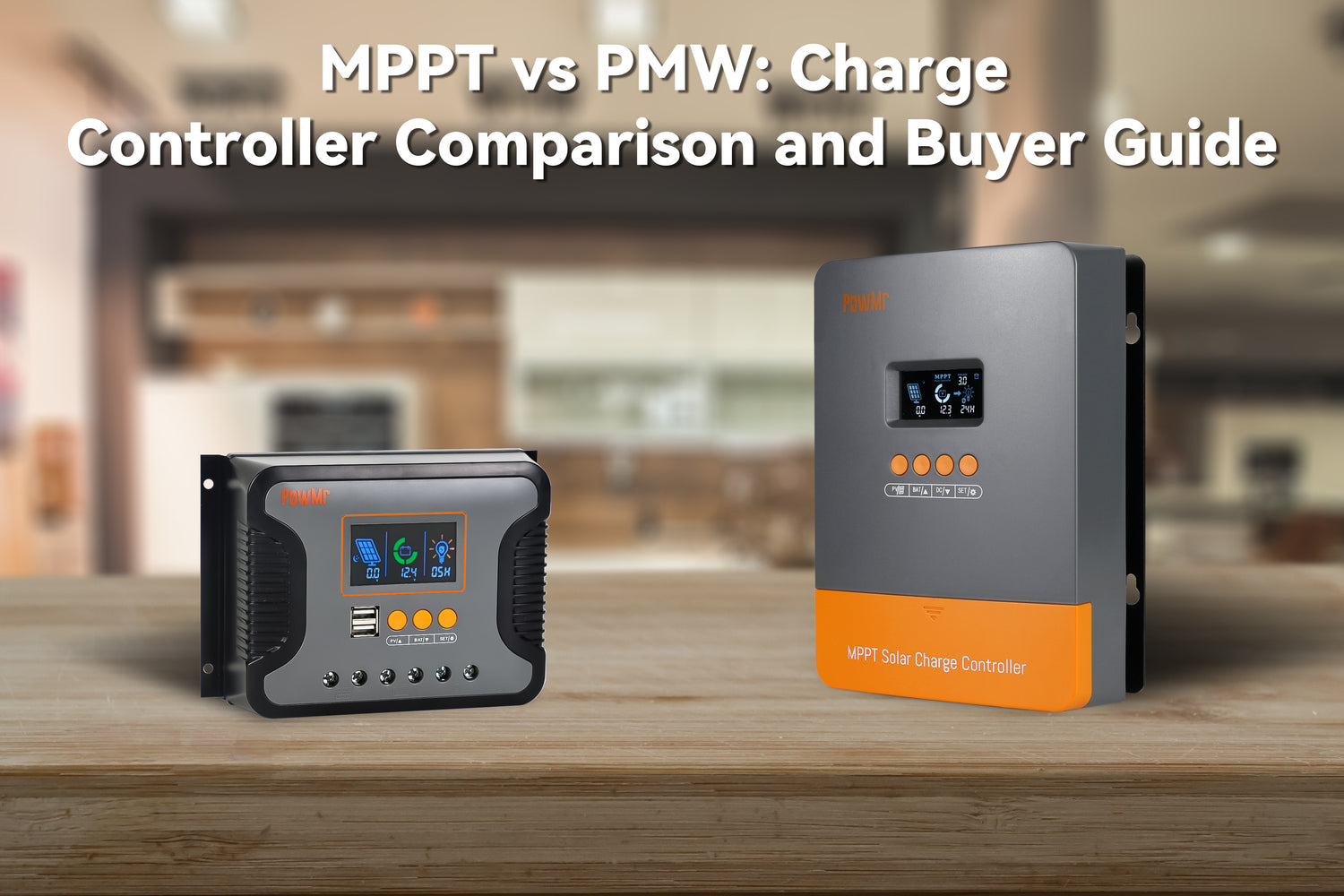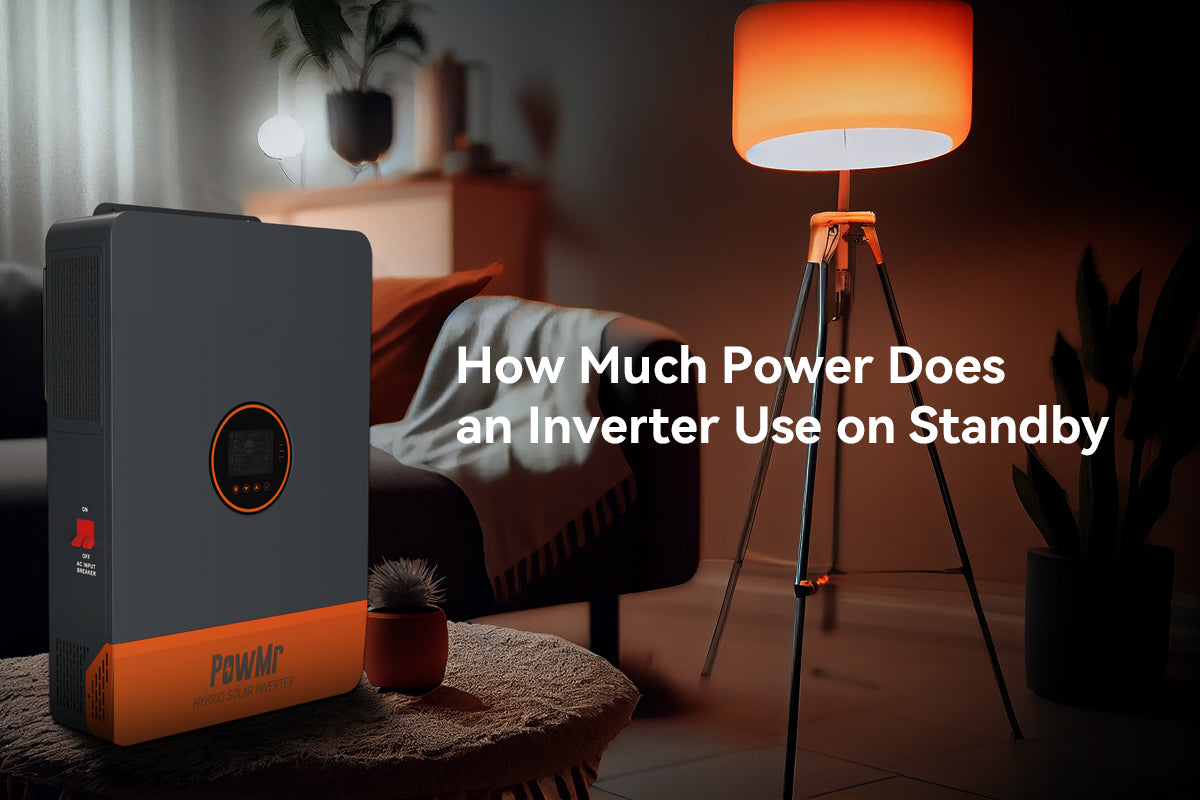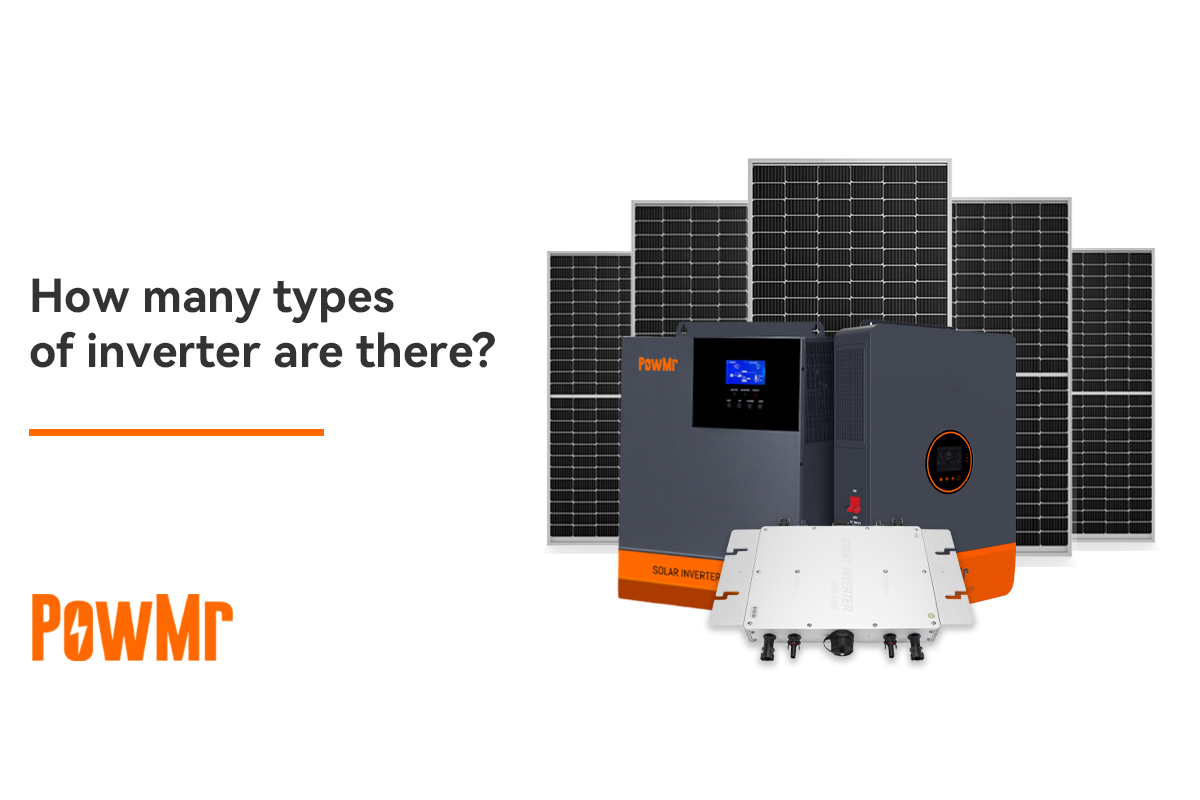A solar power system typically includes a solar panel or array that generates electricity, a battery bank that stores the electricity for later use, and an inverter that converts the DC power from the batteries into AC power for use in homes or businesses.
The charge controller sits between the solar panels and the batteries, monitoring and regulating the flow of electricity, playing a role in regulating the amount of electricity that flows between the solar panels and the batteries.
What is solar charge controller
A solar charge controller, also known as a solar regulator, is a device that regulates the amount of charge that goes into a battery from a solar panel system.
It essentially controls the voltage and current that are fed into the battery to ensure that it is charged efficiently and safely.
A solar charge controller is necessary for a few reasons:
-
Preventing overcharging
If a battery is overcharged, it can cause damage to the battery and even lead to a dangerous situation. A solar charge controller prevents this by regulating the charge going into the battery.
-
Maximizing battery life
A solar charge controller can also help maximize the life of a battery by preventing it from being undercharged or overcharged.
-
Optimizing charging
Different types of batteries have different charging requirements, and a solar charge controller can optimize the charging process based on the type of battery being used.
Overall, a solar charge controller is an essential component of any solar power system that uses batteries, as it prevents damage to the batteries from overcharging or discharging, while also maximizing its lifespan.
Tpyes of solar charge controller
Solar charge controllers are an essential component of a solar power system, as they regulate the flow of energy from the solar panels to the battery bank. There 2 types of solar charge controllers available:
What is MPPT solar charge controller
MPPT, standing for Maximum Power Point Tracking, is a procedure to maximize the power output of the solar panel by continuously tracking and adjusting the operating point of the solar power system to the point where the panel produces the maximum power possible. Sunlight powered chargers show alterable results as indicated by climate conditions.
MPPT charge controllers can coordinate the sunlight powered charger voltage with battery voltage to boost the charge proficiency. In these frameworks, the full force of sunlight powered chargers can be utilized by adjusting among voltage and current as per the P = V x A condition.
For instance, the measure of current drawn from the boards decreased to ensure the voltage when the climate is overcast. At the point when the climate is bright, it is permitted to draw more current. When utilizing a MPPT solar charge controller, you can utilize a voltage sun oriented exhibit that is higher than your battery framework on the grounds that your charge regulator will decrease the voltage so it doesn't overpower your battery.
Assuming you need better effectiveness and are burnt out on stressing over the contrast between your battery and sun powered charger voltage, put resources into a MPPT charge regulator. You simply need to ensure that the VOC of your boards is under the upper voltage of your charge controller.
What is PMW solar charge controller
PWM stands for Pulse Width Modulation. And a PWM solar charge controller, clarified as an electrical switch between batteries, is used for regulating the charging of batteries from solar panels.
The PMW charge controller can be rapidly turn on and switch off. Subsequently, wanted voltage can be gotten to charge the batteries. The charge current will be gradually diminished as the batteries charged.
With a PWM charge controller, a 12-volt sunlight based charger is expected to charge a 12-volt battery, etc. On the off chance that you utilized a PWM charge controller of a 12V battery however with 48V sunlight based chargers, the PWM won't reap the additional energy delivered, it will just collect 12V.
Purchasing a PWM charge regulator isn't really a terrible decision despite the fact that it is less proficient than a MPPT. The best charge regulator for you is a top notch one that works for the circumstance you really want it for, which we will cover underneath to assist you with choosing.
Main Differences Between MPPT and PWM
|
|
PWM Charge Controller |
MPPT Charge Controller |
| Temperature Conditions | Less 20 – 25% charging | better suited for colder conditions |
| Size | Operates at a relatively constant harvesting efficiency | Less efficient in low power applications. |
| Cost | Cheaper | More expensive |
| Array Voltage | PV array & battery voltages should match | PV array voltage can be higher than battery voltage |
| Battery Voltage | Operates at battery voltage so it performs well in warm temperatures and when the battery is almost full | Operates above battery voltage so it is can provide “boost” in cold temperatures and when the battery is low. |
| System Size | Typically recommended for use in smaller systems where MPPT benefits are minimal | ≈ 150W – 200W or higher to take advantage of MPPT benefits |
| Off-Grid or Grid-Tie | Must use off-grid PV modules typically with Vmp ≈ 17 to 18 Volts for every 12V nominal battery voltage | Enables the use of lower cost/grid-tie PV Modules helping bring down the overall PV system cost |
| Array Sizing Method | PV array sized in Amps (based on current produced when PV array is operating at battery voltage) | PV array sized in Watts (based on the Controller Max. Charging Current x Battery Voltage) |
| Type of Solar Module | No support | Tracks the maximum power point (thus MPPT) of these less expensive grid-tie modules in order to charge the batteries |
What are the advantages of MPPT over PWM
MPPT (Maximum Power Point Tracking) solar charge controllers have several advantages over PWM (Pulse Width Modulation) solar charge controllers. Some of these advantages include:
-
Increased Efficiency
MPPT controllers can extract up to 30% more power from a solar panel than PWM controllers, resulting in more energy being harvested from the same solar panel array. This is due to MPPT controllers being able to adjust the voltage and current output to ensure the solar panel is operating at its maximum power point.
-
Flexibility
MPPT controllers are designed to work with a wider range of solar panel voltages and can also be configured to work with different types of batteries. This allows for more flexibility in designing a solar system that meets specific power needs.
-
Better Battery Charging
MPPT controllers can charge batteries more efficiently and safely than PWM controllers. MPPT controllers use a multi-stage charging process that prevents overcharging and undercharging of the battery, which can extend the life of the battery.
-
Improved Monitoring
MPPT controllers often come with built-in monitoring capabilities that allow users to track the performance of their solar system in real-time. This can help users identify any issues with their system and make adjustments to improve efficiency and performance.
Overall, MPPT solar charge controllers offer a more efficient and flexible solution for solar power systems, making them a preferred choice for many users.
Considerations for charge controller purchase
Charge controllers are an essential component of any solar power system, as they regulate the flow of electricity from the solar panels to the batteries, protecting the batteries from overcharging and ensuring optimal performance. When purchasing a charge controller, there are several considerations to keep in mind:
-
Efficiency
MPPT controllers are generally more efficient than PWM controllers. MPPT controllers are able to track the maximum power point of the solar panel, which allows them to extract more energy from the solar panel. PWM controllers, on the other hand, simply regulate the voltage of the solar panel to prevent overcharging.
-
Cost
MPPT is more expensive than PWM (Pulse-Width Modulation) because it uses more complex electronics and algorithms to continuously track the maximum power output of solar panels, which help you maximize the energy output of your solar power system.
-
Panel voltage
The PV voltage should not be up to the upper voltage of the solar charge controller. MPPT controllers are better suited for systems with higher panel voltages. If your solar panels have a higher voltage output, an MPPT controller will be able to take advantage of this and convert it into usable energy.
-
Charging Current
The charging current of the charge controller should be sufficient to charge the batteries in your system effectively. You should choose a charge controller that can handle the maximum current produced by your solar panels.
-
Battery Type
Different batteries require different charging methods, so it's important to choose a charge controller that is compatible with the type of battery you are using. Some MPPT controllers are specifically designed for certain types of batteries, such as lead-acid or lithium-ion. Make sure to choose a controller that is compatible with your battery type.
-
Panel shading
MPPT controllers are better at handling shading and partial shading of solar panels. If you live in a place where there is not enough sunlight or your panels are partially shaded, an MPPT controller will be able to adjust the voltage and current to optimize energy output.
-
System size
If you have a small solar power system, a PWM controller may be sufficient. However, if you have a larger system, an MPPT controller will be able to maximize the energy output and provide better overall performance.
Ultimately, the choice between a PWM and MPPT controller depends on your specific solar power system and energy needs. Consider the above factors when making your decision.
What is upper voltage of solar charge controller
The upper voltage of a charge controller, dependent on the specific model and its specifications, is the maximum voltage at which the controller will stop charging a battery to prevent overcharging and damage, typically set slightly above the battery's maximum voltage.
If you use PMW charge controller> you may have to connect the solar panels in parallel because PWMs have low PV voltage limits. These limits, often around 25V or 50V, are only sufficient for one or two 12V solar panels wired in series.
On the other hand, MPPT charge controllers allow the wiring of more panels in series. Many MPPTs have a upper voltage of 100 volts, which means you could connect up to 4 popular 12 100W solar panel in series without going over the limit, but reduce current and save money on equiment and wiring costs at the same time.
Note:
It's worth noting, however, that series wiring isn't always the best option. For example, when solar panels spend a lot of time in mixed light conditions, parallel wiring may be more advantageous. If you want to learn more about series and parallel wiring for solar panels, check out my guide on how to wire solar panels in both configurations.
Using a PWM (Pulse Width Modulation) charge controller for solar panels can result in wiring the panels in parallel, which increases the wire gauge and wiring costs due to longer wire runs. On the other hand, MPPT (Maximum Power Point Tracking) charge controllers can wire more solar panels in series, keeping the PV current low and allowing the use of smaller wire gauge, resulting in lower wiring costs.
MPPT VS PWM - Which solar charge controller is better for me
The MPPT regulator is ideal:
- For bigger frameworks where the extra 20%* or more energy gathering is advantageous
-
At the point when the sun oriented exhibit voltage is generously higher than the battery voltage for example utilizing house boards, for charging 12V batteries
The PWM is a decent minimal expense choice:
- For more modest frameworks
- Where the effectiveness of the framework isn't basic, e.g stream charging.
-
For sun powered chargers with a most extreme power voltage (Vmp) of up to 18V for charging a 12V battery (36V for 24V battery, and so forth)
* A MPPT regulator will yield more significant yields contrasted and a PWM regulator as the board voltage increments. For example a 160W eArche board utilizing 36 customary monocrystalline cells with a greatest power amp of 8.4A will give around 8.6A at 12V; while the 180W board having 4 additional cells will give a similar amperage however 4 extra cells expands the board voltage by 2V. A PWM regulator won't reap any extra energy, however a MPPT regulator will collect an extra 11.1% (4/36) from the 180W board.
For similar rule, all boards utilizing SunPower cells with in excess of 32 cells require a MPPT charge regulator any other way a PWM regulator will reap a similar energy from 36, 40, 44 cell boards as it does from a 32 cell board.




Leave a comment
This site is protected by reCAPTCHA and the Google Privacy Policy and Terms of Service apply.